Imagine waking up one morning to find that the world’s glaciers—the gleaming white giants that have stood for millennia—are vanishing before our eyes. It sounds like the opening to a dystopian novel, but it’s our reality. The race to save these frozen reservoirs isn’t just about preserving scenery; it’s about protecting our water supplies, ecosystems, and even the balance of life on Earth. Now, in a twist that feels straight out of science fiction, researchers are daring to ask: Can we actually refreeze glaciers? The answer isn’t simple, but the ideas being tested are as bold and breathtaking as the landscapes they hope to save.
The Disappearing Giants: Why Glaciers Matter
Glaciers aren’t just beautiful—they’re critical lifelines for millions. These icy behemoths store nearly 70% of the world’s freshwater, feeding rivers and lakes that sustain people, wildlife, and crops. When they melt, it’s not only sea levels that rise, but entire ways of life that begin to crumble. The loss of glaciers can trigger water shortages, threaten agriculture, and even spark conflict over dwindling resources. Think of glaciers as natural savings accounts, slowly releasing water when rain is scarce. Their disappearance signals a crisis not just for polar bears but for humans, too.
What’s Causing Glacier Meltdown?
The pace of glacier loss has shocked even the most seasoned scientists. Rising global temperatures, mainly driven by greenhouse gas emissions from burning fossil fuels, are the main culprit. Warmer air and ocean currents gnaw at glaciers from above and below, accelerating their retreat. Soot and dust from industry and wildfires settle on the ice, darkening its surface and causing it to soak up even more heat. The result? Glaciers are shrinking faster than at any point in recorded history, and some experts warn we could lose half the world’s mountain glaciers this century if nothing changes.
Is Refreezing Glaciers Even Possible?
The idea of refreezing glaciers might sound as likely as reversing time—but some scientists believe it’s not entirely out of reach. The concept involves using technology to slow or even reverse melting, either by artificially cooling the ice or by protecting it from the sun’s relentless rays. While skeptics argue it’s a moonshot, the urgency of the crisis has pushed researchers to explore solutions that once seemed unthinkable. The real question isn’t just if it’s possible, but how—and at what scale.
Geoengineering: The Science of Large-Scale Cooling
Geoengineering is a field that explores ways to deliberately manipulate Earth’s environment. When it comes to glaciers, this can mean everything from spreading reflective materials on ice to deploying giant shade structures. The goal is to reduce the amount of heat absorbed by glaciers, slowing their melt. It’s a bit like putting a reflective sunshade in your car’s windshield on a hot day—only on a scale so massive, it boggles the mind. While promising in theory, geoengineering raises thorny questions about unintended consequences and who gets to decide where and how it’s used.
The Wild Idea: Artificial Snowmaking
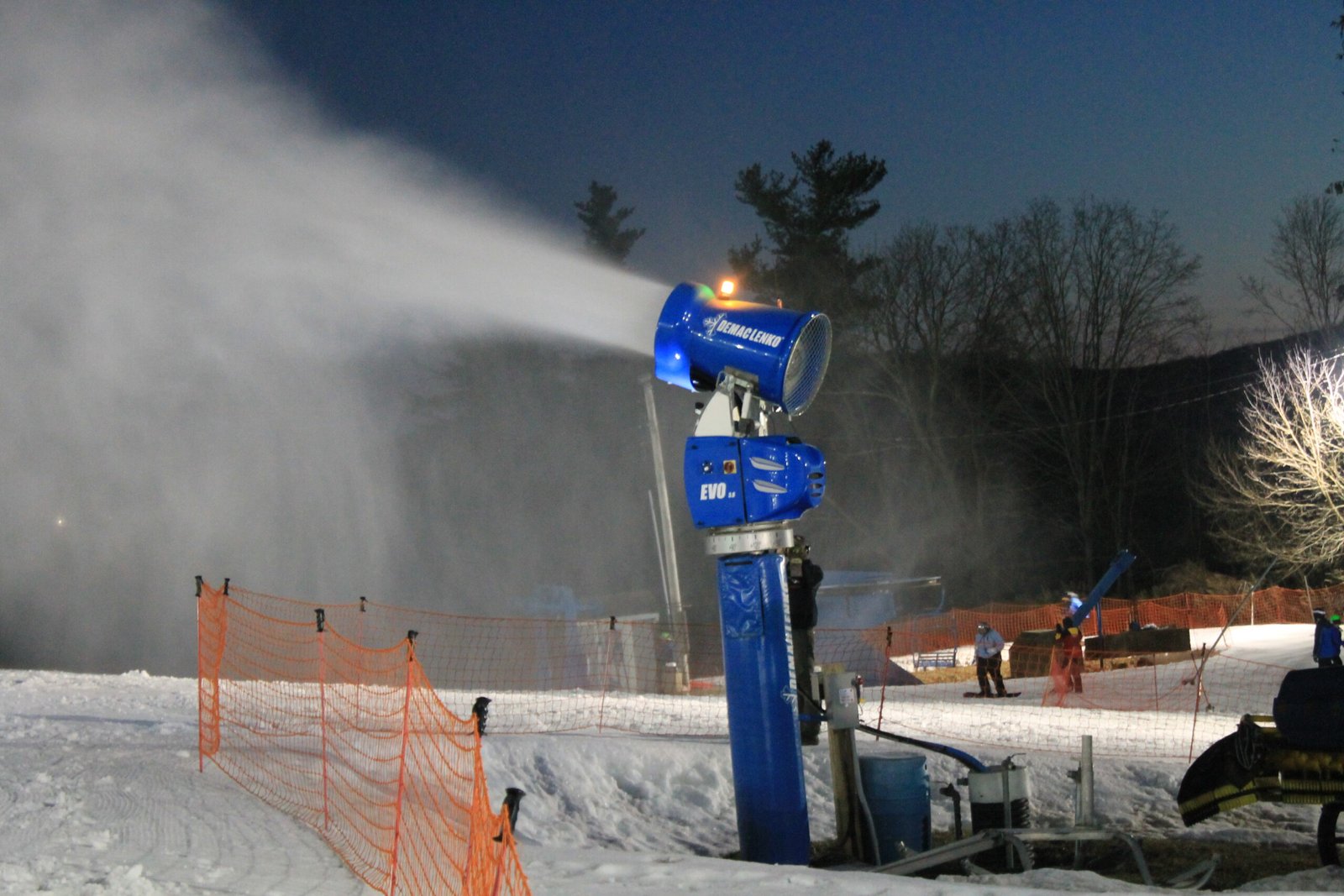
Picture ski resorts blanketing mountains with artificial snow to extend the skiing season. Now, imagine doing that for an entire glacier. Some scientists are investigating whether snow cannons, powered by renewable energy, could coat glacier surfaces with a fresh layer of snow each year. This new snow would reflect more sunlight and insulate the old ice below. The logistics are daunting—think thousands of machines running nonstop in remote, frigid conditions—but early pilot projects in Switzerland and the Himalayas suggest it might be possible to slow glacier loss, at least on a small scale.
Blanketing Glaciers: The Power of Insulation
Another surprisingly simple idea is to cover glaciers with giant insulating blankets. Made from reflective, durable fabrics, these covers can shield ice from the sun’s rays and slow the melting process. In Austria and Switzerland, ski resorts already use this trick to preserve their slopes through the summer. Scaling it up to cover entire glaciers would be a colossal challenge, but even protecting the most vulnerable sections could buy precious time. It’s like tucking a glacier in under a silver quilt for the summer.
Building Dams to Trap Cold Water
Some researchers are experimenting with constructing small dams or barriers at the base of glaciers. These structures trap meltwater and create a pool of cold water, which helps cool the glacier’s face and slows further melting. This technique has been used in Norway’s Svalbard archipelago, where it showed promising results in preserving glacial ice. The approach is labor-intensive and only works in specific settings, but it’s another example of how creative thinking is being brought to bear on the global glacier crisis.
Reflective Sand and Pebbles: Mother Nature’s Mirrors
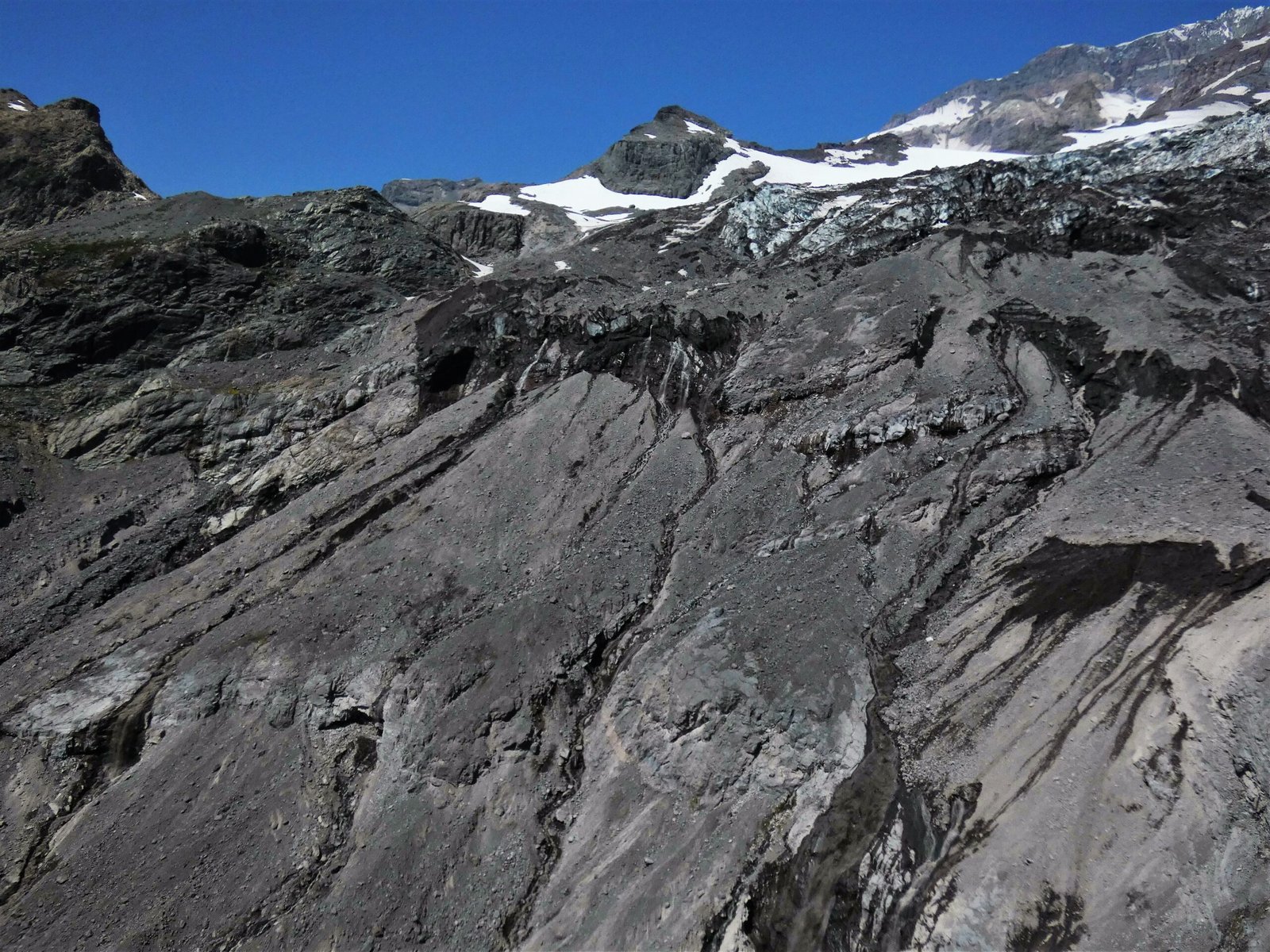
A more unconventional approach involves spreading light-colored sand or tiny reflective pebbles on glacier surfaces. These natural “mirrors” bounce sunlight away, reducing heat absorption. In Greenland, researchers have tested this by scattering reflective silica beads over ice sheets, and early results show a reduction in melting rates. This tactic is inexpensive and scalable, but there are concerns about environmental impacts and whether the materials might wash away during storms or melt seasons. Still, it’s a clever twist on using nature’s own tools to fight the heat.
Rebuilding Permafrost: The Frozen Foundation
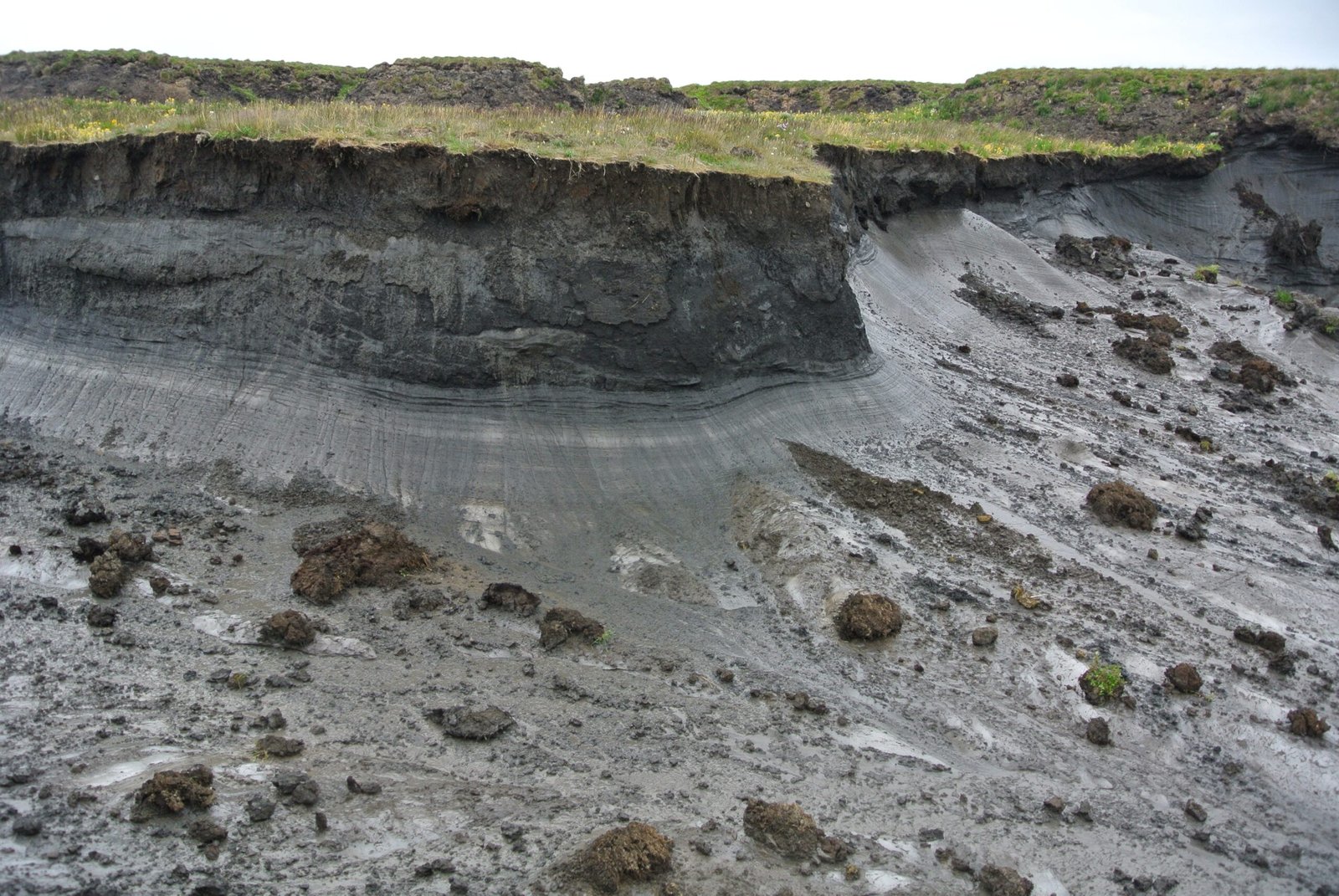
Permafrost—ground that remains frozen year-round—acts as both a foundation and a refrigerator for many glaciers. As global warming thaws permafrost, glaciers lose their footing and melt even faster. Some scientists are looking at ways to re-cool permafrost by planting reflective vegetation, insulating the ground, or even using wind-powered machines to bring frigid air down to the surface. Restoring permafrost could help stabilize glaciers and slow their retreat, but the process is complex and costly.
Pumping Cold Brine: Cooling from Below

Here’s a futuristic idea: pump supercooled brine or saltwater beneath glaciers to absorb heat and slow melting from the bottom up. This approach is inspired by natural processes in the Arctic, where cold, dense water helps keep sea ice intact. Engineers have proposed using renewable energy to circulate cold brine through pipes under vulnerable glaciers. While technically challenging, this method could target specific glaciers at high risk of collapse, potentially preventing catastrophic sea level rise.
Artificial Fjords: Engineering New Ice Traps
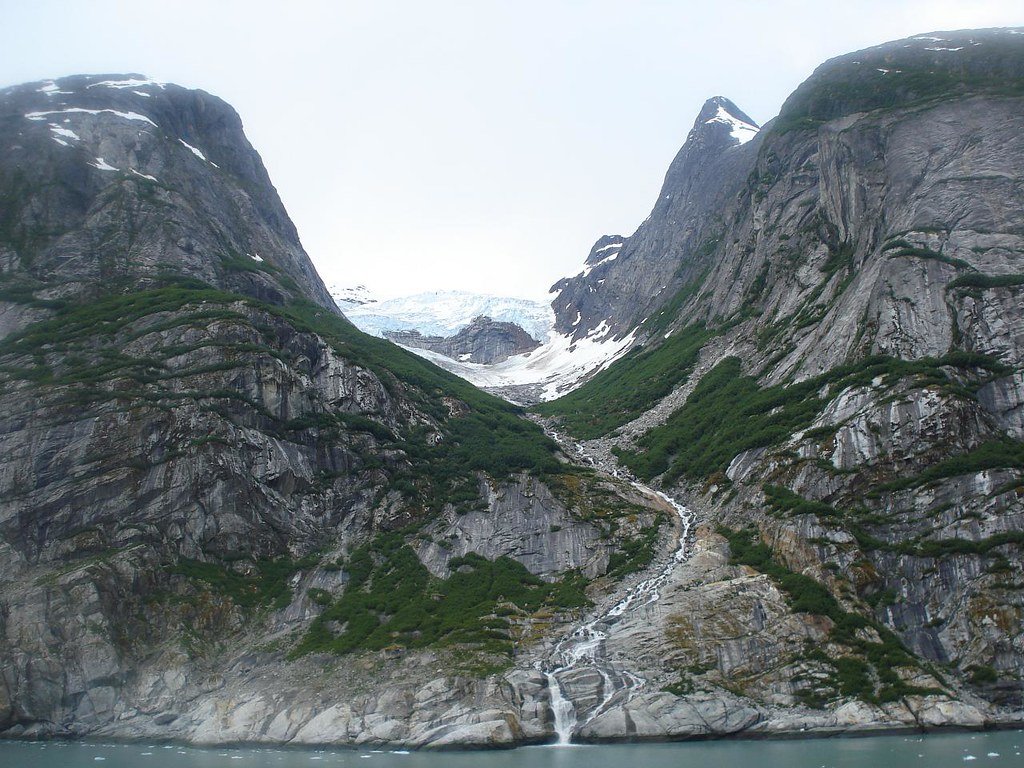
In some regions, scientists are designing artificial fjords—engineered inlets or trenches that catch icebergs and hold them in place, preventing them from drifting into warmer waters and melting too quickly. By trapping ice in colder areas, these fjords could act as safe havens for glaciers, buying time for natural ice formation to catch up. This ambitious idea would require major changes to coastal landscapes, but it shows how far researchers are willing to go to protect our frozen frontiers.
Seeding Clouds for More Snowfall
Cloud seeding is a technique where tiny particles are released into the atmosphere to encourage clouds to form and produce precipitation. Some experts believe this could be used to boost snowfall over glaciers, helping to rebuild lost ice. While cloud seeding is already used in some regions to enhance rainfall, doing it on the scale needed for glaciers is a massive undertaking. There are also questions about its effectiveness, and whether it could disrupt local climates.
Harnessing Wind Power for Glacier Cooling
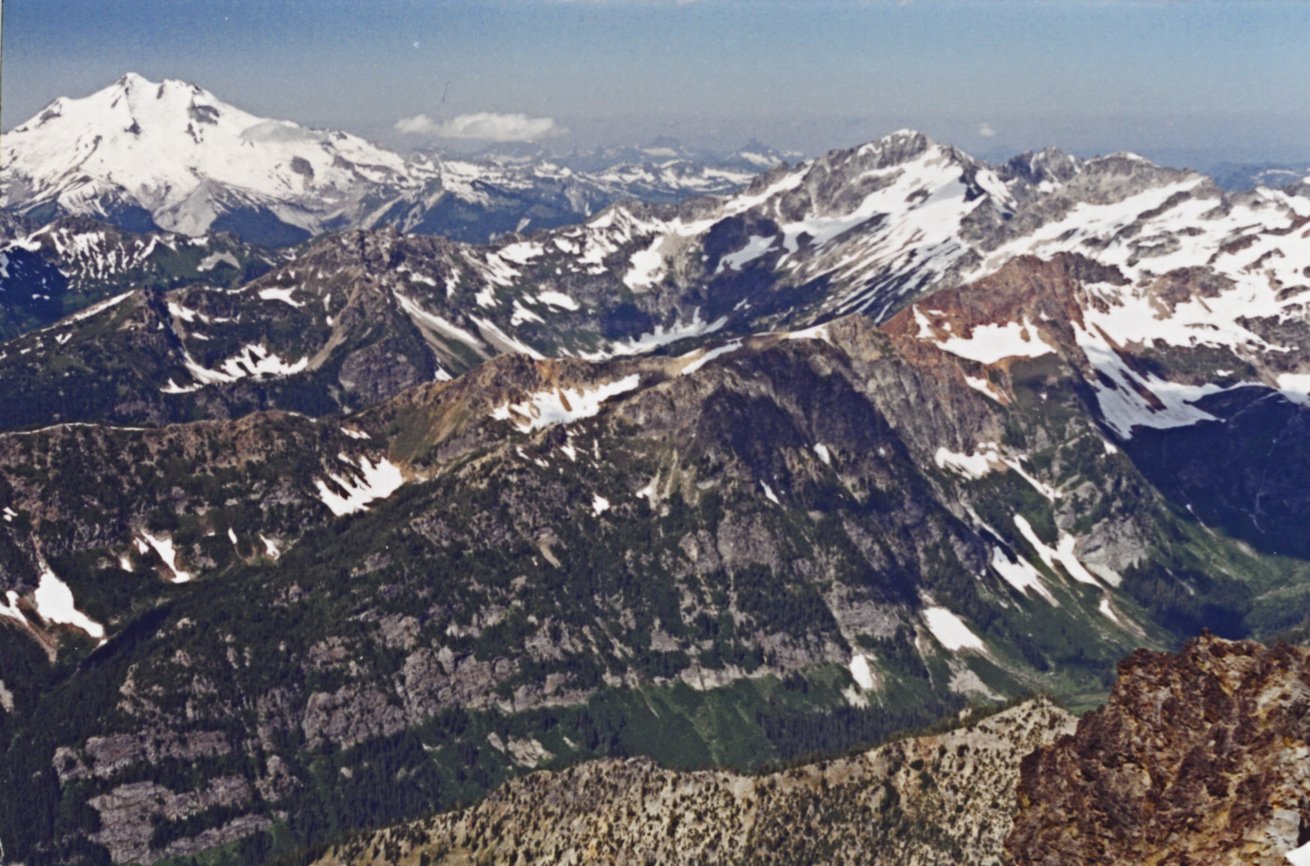
Wind turbines aren’t just for generating electricity—they can also be used to power cooling systems or artificial snowmakers on glaciers. In Antarctica, researchers have experimented with using wind energy to run pumps that circulate cold air over the ice surface. This approach could be particularly useful in remote areas where other power sources are unavailable. Wind-powered solutions offer a sustainable way to fight glacier loss, but their effectiveness depends on local weather conditions and infrastructure.
Restoring Natural Ice Flow
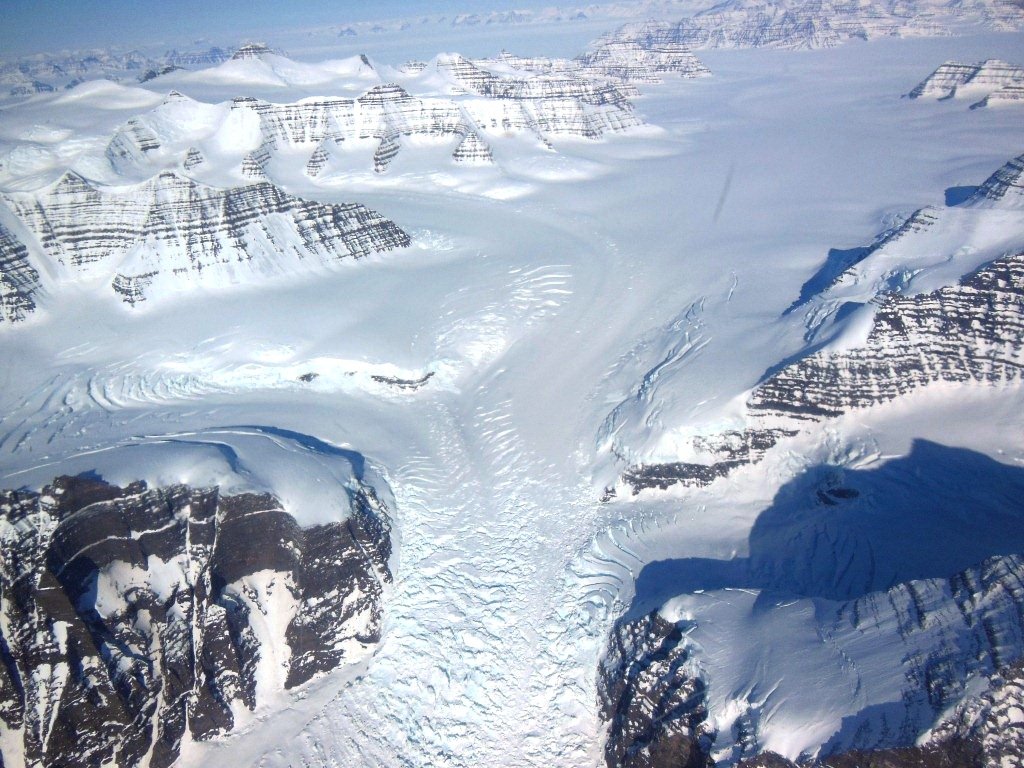
Human activity has sometimes disrupted the natural flow of ice, causing glaciers to break apart or melt faster than they should. Some scientists are working to restore these flows by removing obstacles, rebuilding natural channels, or even guiding ice movement with barriers. By putting glaciers back on their original paths, it may be possible to slow their decline and help them survive longer. This work combines geology, engineering, and a touch of detective work to unravel the mysteries of ancient ice.
Community-Led Glacier Protection
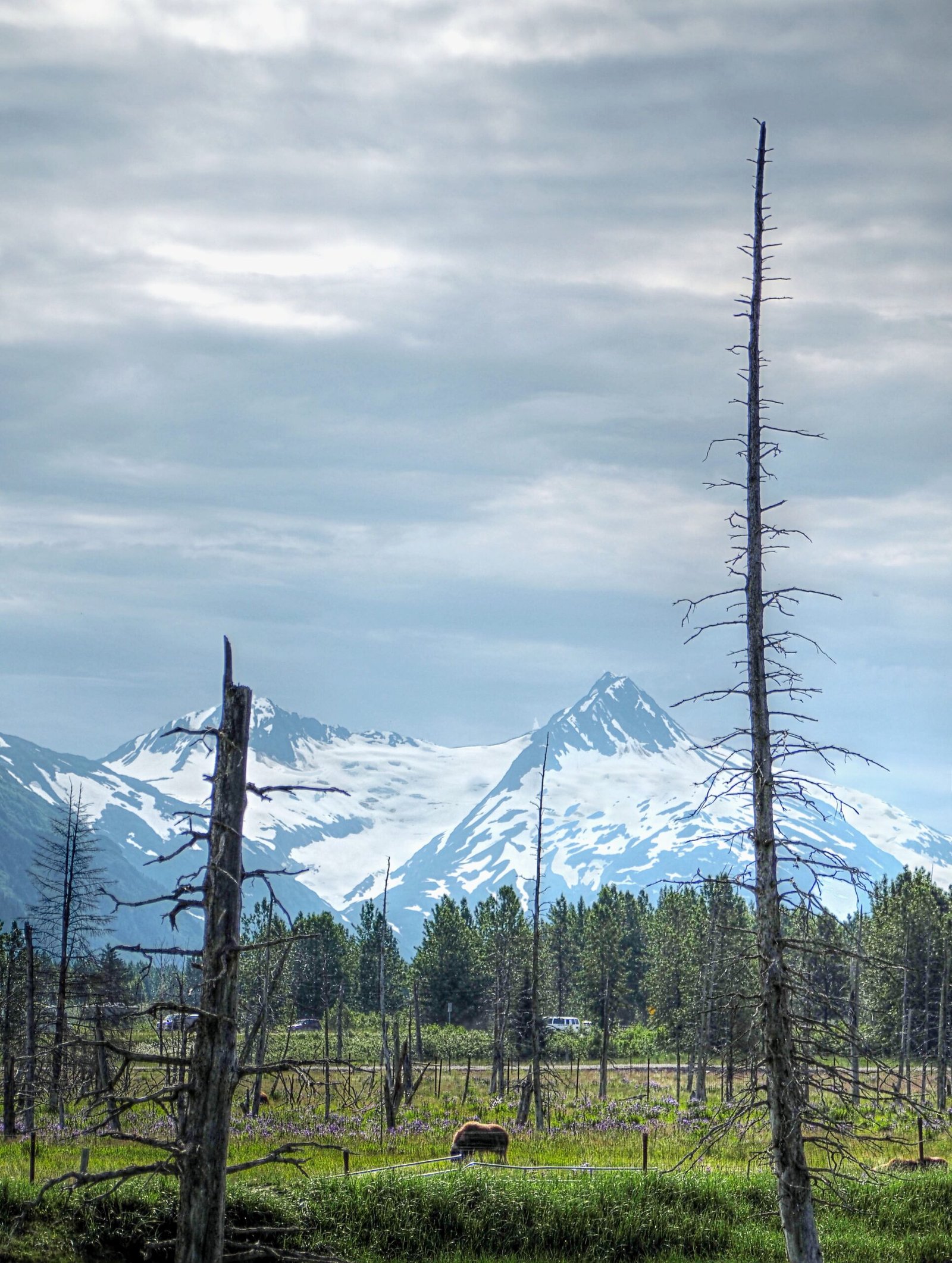
Not all solutions come from high-tech labs—some of the most effective measures start at the community level. In the Himalayas, for example, local farmers have built “artificial glaciers” by stacking stones and channeling meltwater to freeze during the winter, creating reservoirs that release water in the dry season. These grassroots efforts not only help preserve water supplies but also foster a sense of stewardship and hope. It’s proof that sometimes, small-scale ingenuity can make a big difference.
Learning from Indigenous Knowledge
Indigenous peoples have lived alongside glaciers for generations, developing deep wisdom about how to live in harmony with the ice. Their knowledge—passed down through stories, rituals, and daily practices—offers valuable insights into glacier preservation. For example, some communities use traditional land management techniques to reduce erosion and protect glacier-fed streams. By combining ancient wisdom with modern science, there’s a better chance of finding solutions that are both effective and respectful of local cultures.
The Ethics and Risks of Refreezing Glaciers
Tinkering with the planet’s natural systems is not without risk. Efforts to refreeze glaciers raise tough ethical questions: Who decides where interventions should happen? What if unintended side effects harm local wildlife or communities? Scientists and policymakers are calling for careful testing and strong oversight to ensure that well-meaning projects don’t cause more harm than good. As tempting as quick fixes may be, the need for caution and respect for nature remains paramount.
Could Technology Replace Global Action?
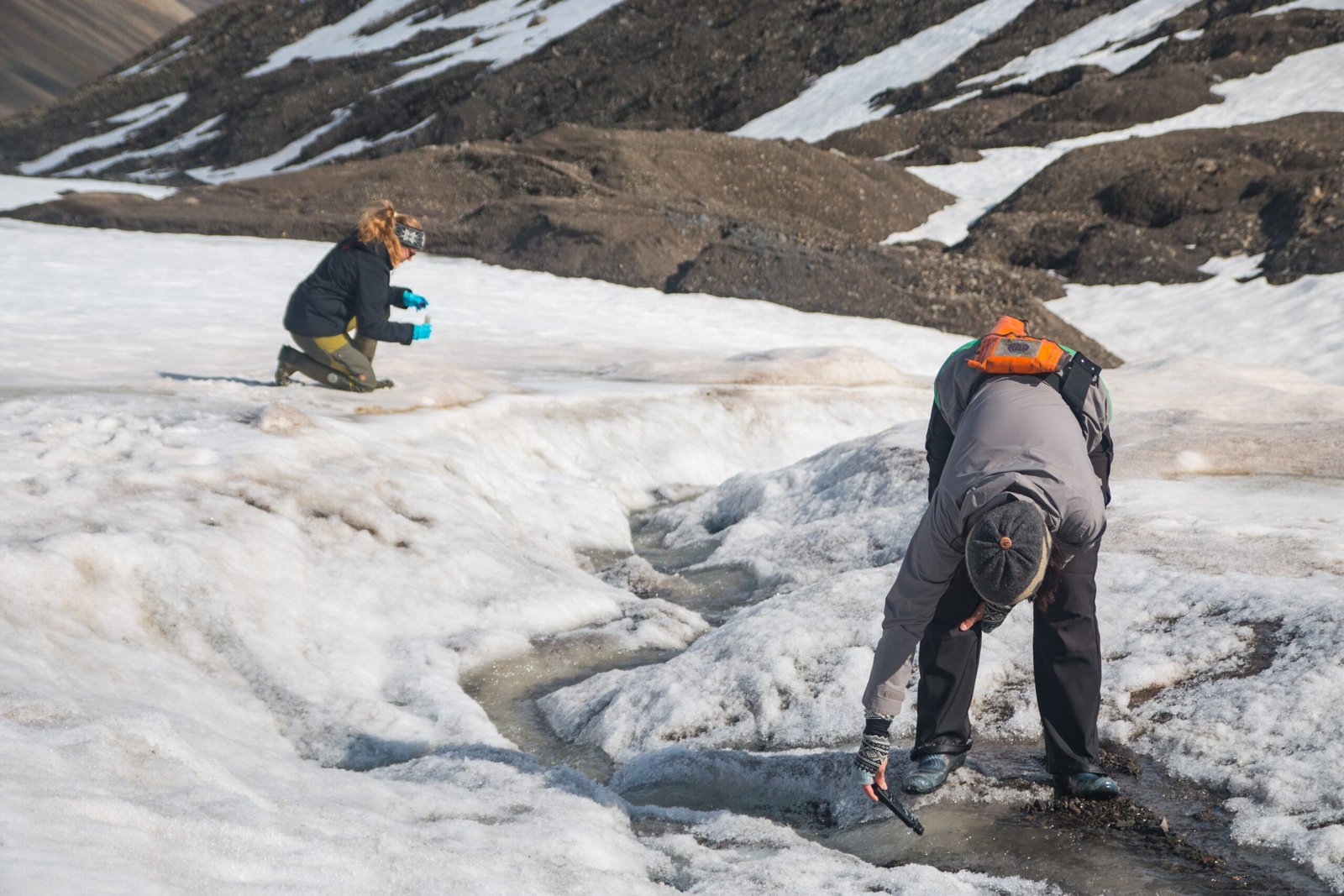
While the race to refreeze glaciers is exciting, many experts warn that no amount of technology can replace the hard work of cutting greenhouse gas emissions. These radical ideas may buy us time, but they’re not substitutes for tackling the root causes of climate change. The world’s glaciers will only be safe in the long term if we shift to cleaner energy, protect forests, and change the way we live and consume. The best hope lies in a combination of innovation and collective action.
Imagining a Future with Surviving Glaciers
Picture a future where glaciers still gleam on mountaintops, rivers run clear in summer, and communities thrive alongside ancient ice. It’s a vision that’s still within reach—but only if we act boldly and wisely, blending cutting-edge science with old-fashioned determination. The race to refreeze glaciers isn’t just about saving ice; it’s about reminding ourselves what’s possible when humanity comes together for a common cause. It begs the question: if we can imagine saving the world’s glaciers, what else might we achieve?



